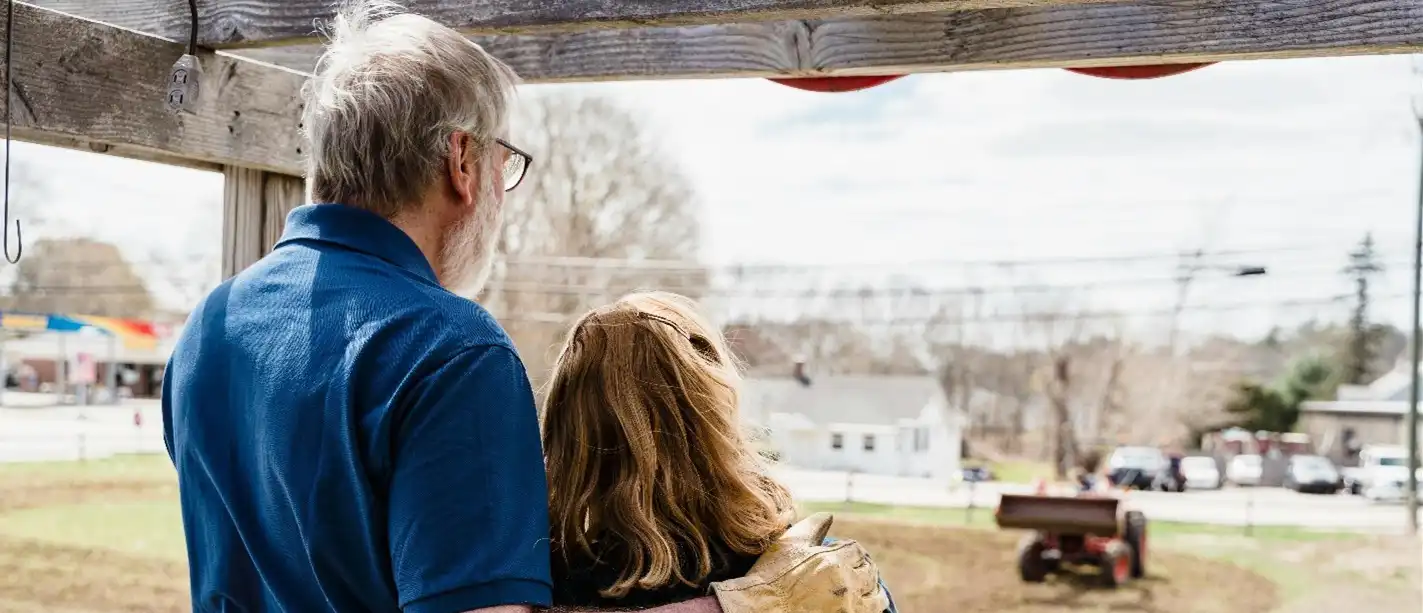
Can co-owners plan to pass a home along using the revocable transfer on death deed (TODD)? Yes.
If your state recognizes the TOD deed (also known simply as TODD) for real estate, there will be an official state form. Alternatively there will be a sample included in your state’s law, which you can look up. The typical TODD form has fill-in fields for you and your co-owner as the transferors. Both of you will sign the deed form.
Now, keep two major points in mind. First, your chosen recipient will not get any interest in the property until after you both have passed away. And on a related note, a partner who signs the deed with you and survives you (or even a person who holds power of attorney for your surviving partner) could actually revoke the TODD after you’ve passed away.
How the Transfer on Death Happens
Sometimes called a beneficiary deed, the TODD instrument transfers your home upon your death — much like the way a survivor designation you write on your financial accounts would. The beneficiary can be a person or an organization. Most states (but not all) and Washington, DC offer some form of TOD deed. Similar instruments are Michigan’s lady bird deed and the Ohio TOD affidavit.
Once recorded with the county, a TOD deed becomes a public document. The beneficiary will become the homeowner when you and your spouse or life partner have both passed away. When that occurs, counties need to see death certificates plus brief affidavits from deed beneficiaries. (Check your state and county rules.) Then, ownership will officially pass to the next deed holder.
People choose this tool as a simple way to pass a deed along — much simpler than putting the home in a trust. And they use it to spare the next deed holder from having to deal with probate. (Note: In some cases, a property could still have to go into probate court until debts are resolved.)
Is a TODD the simplest and best choice for every couple? Not necessarily. Consider the possible drawbacks of transfer on death deeds.
Need to back out of the decision? No worries. A couple can do so either by selling the home or revoking the instrument. Some states have revocation forms available or samples included online in their state laws. A TODD can be revoked in the county that recorded the original deed.
The Nuts and Bolts of Your Valid TOD Deed

In the typical TOD deed, the transferors must fill in their names (as shown on their current deed) and mailing address. The form will also include:
- The legal description of the property, exactly as shown on your current deed.
- The physical address of the property. Include the county.
- The name of your chosen beneficiary, who will own the property when you die. Usually just one party is named, but you can name multiple parties and state how ownership will be vested between them.
- The alternate beneficiary or beneficiaries, with complete addresses. Consider naming alternates in case the primary beneficiary dies. If one primary beneficiary should die survived by other primary beneficiaries, you’ll want to state if the deceased primary beneficiary’s share will go to that person’s heirs, or shared among the living primary beneficiaries.
During your lifetime, you’ll continue to co-own and control your home completely, with no taxable event and no impact on your ability to borrow against or sell your home.
Got a mortgage? Filing a TODD won’t trigger the due-on-sale clause in most cases, because the document states that there is no immediate transfer. The beneficiaries have no effect on your financial life because the transfer on death deed is revocable.
If you and your co-owner sell the property, your sale will cancel the transfer on death deed.
When Spouses Co-Own the Home and Want to Leave It to the Surviving Spouse
If a married couple owns a home together, and each wishes to give the home to the other, the typical state form allows for that choice. Most spouses won’t feel the need to do this, because owning a home jointly with rights of survivorship is already good for passing the home to a surviving spouse.
But the spouses could be each other’s primary beneficiaries as sole owner of the home — as long as the spouses are not doing anything that purports to override the deed.
Look for the section on the form that allows co-owners to leave the property to each other. The completed document will look and behave as a property deed — but it expressly will not become effective before “death do us part.” It will contain a field for you to identify your spouse as the primary beneficiary if you die first, with your spouse’s name and mailing address. Then it will have a field for an alternate beneficiary or beneficiaries, in case your spouse dies before you. You’ll enter their names. If you name more than one alternate, your form may include language such as “they will own the property in equal shares.”
You should also find a section that applies to you if you’re married, but hold the deed as sole and separate property, and you want to leave the home to your spouse.
In the case that no named beneficiary, either primary or alternate, survives you, this will cancel out the deed. The deed may anticipate this possibility and contain words to the effect of: “If my primary and alternate beneficiaries do not survive me, this deed has no force and effect.”
State forms will guide you through the alternative scenarios. If you have any questions about the effect of the TOD deed, do not use it before consulting an attorney in your home’s state, with experience in estate planning, real estate law, or family law.
And Finally, Notarization and a Public Recording
After completing your TOD deed, both of you must sign it in front of a notary public. That is, if you’re joint owners, both co-owners sign the TODD, and it only comes into effect when the last signer dies. It’s different, though, if the co-owners are tenants in common.
Tenants in common? One may designate a beneficiary for just their share of the property. If just one of the tenants in common signs the TOD deed, that person must be the last survivor for the deed to take effect.
Be sure to look up and follow your state’s witnessing rules. You’ll file your deed at the county register of deeds, where it will be date-stamped by the recorder. Take your original and at least one copy of the completed, notarized document to the local county recorder of deeds. Bring a photo ID, and expect to pay a fee for each page filed.
A copy will stay in the public records and you’ll receive your original document back, accompanied by the county filing information.
A Powerful Legal Instrument
These instruments are powerful tools. If you leave a will and also a valid TODD, your TODD instructions will override anything contradictory in the will. So, proceed carefully.
If you have questions about the legal implications of a transfer on death deed, or believe it could be contested upon your death, speak with an attorney. Tax questions should be directed to a professional accountant. A financial planner or a lawyer who works with wills, estates and trusts can assist with questions having to do with Medicaid recovery and impacts on other benefits.
Supporting References
Fort Bend Libraries, via FortBendLibraries.gov: Texas Transfer Toolkit – Revocable Transfer on Death Deed Instructions (Dec. 2021).
Wilson Law Group LLC (Madison, Wisconsin): Using Beneficiary / Transfer-on-Death Deeds.
And as linked.
More on topics: Transfer on death deed becomes a popular alternative for retirees, Should you give your home away during your lifetime?
Photo credits: Greta Hoffman and Cottonbro Studio, via Pexels/Canva.
